Andean Glaciers Are Shrinking Faster Than Predicted
Recent studies have shown that glaciers across the Andes are retreating at an unprecedented rate. Scientists are alarmed as the current shrinkage is unlike anything observed in the last 11,700 years.
This rapid change signals significant climatic shifts that are occurring faster than initially expected, posing serious implications for the future.
Historic Study Sheds Light on Glacier Retreat
A groundbreaking study published in Science journal on Thursday reveals that the Andes glaciers are smaller than they have been in thousands of years.
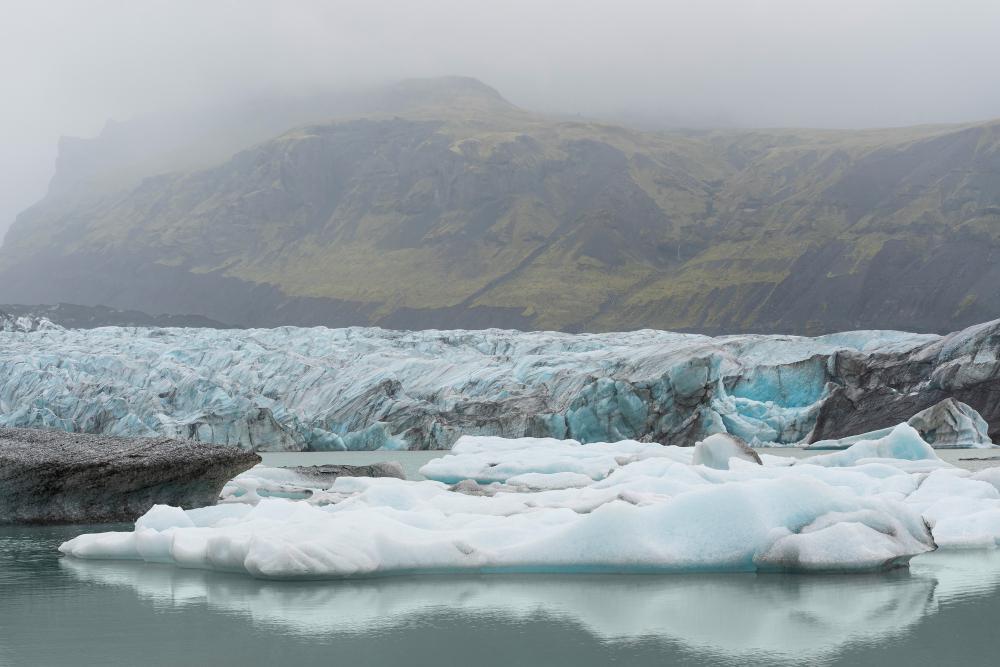
Source: Freepik
Researchers used advanced techniques to carbon-date bedrock recently exposed by retreating glaciers, uncovering astonishing results. The findings indicate that the glaciers’ retreat has surpassed predictions by decades.
Unexpected Results Stun Scientists
Lead author Andrew Gorin initially thought the results were a fluke, but subsequent samples confirmed the alarming trend.

Source: Wikimedia
“We thought this result was decades away,” Gorin said, highlighting the unexpected speed of glacier shrinkage.
Carbon Dating Reveals Ancient Exposure
Scientists measured beryllium-10 and carbon-14 levels in bedrock exposed by melting glaciers. These nuclides accumulate when rocks are exposed to cosmic radiation.
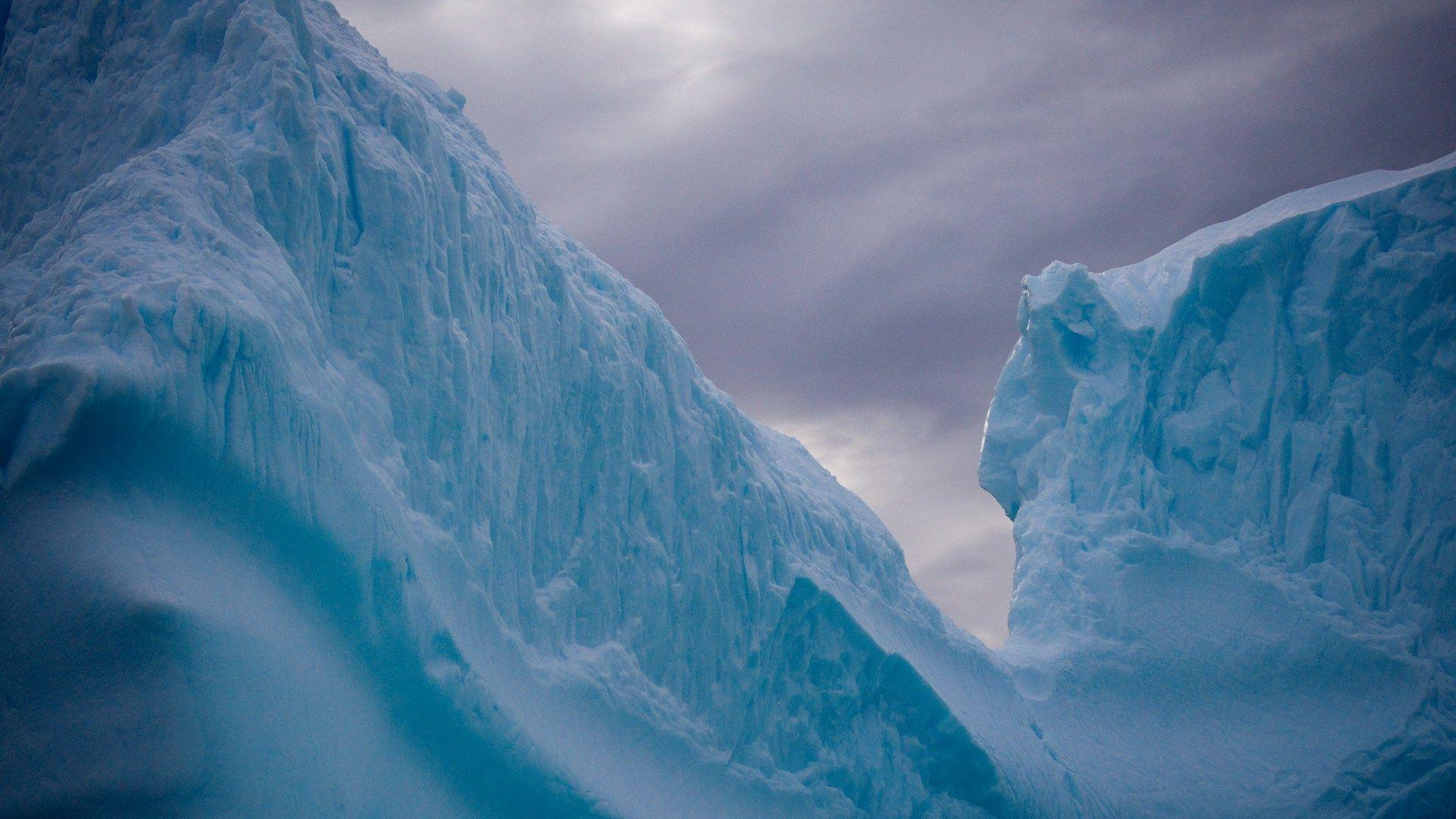
Source: Torsten Dederichs/Unsplash
The near-zero concentrations found indicate that these rocks had not seen the sky for over 11,000 years, confirming the unprecedented nature of the current retreat.
Holocene Era Glacier Size Surpassed
The study’s results show that the Andean glaciers are smaller now than at any time during the Holocene Era, which began 11,700 years ago.
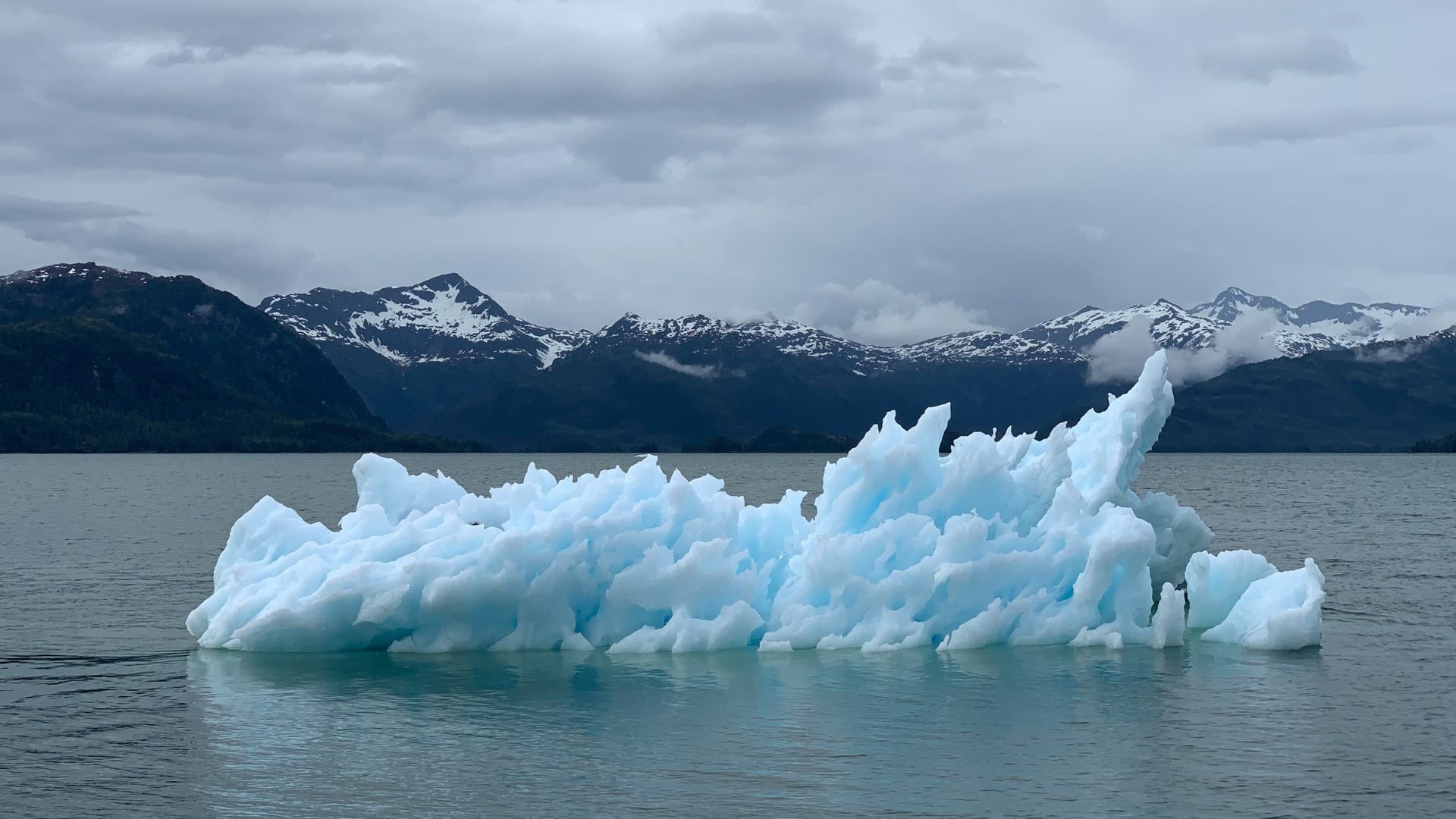
Source: Melissa Bradley/unsplash
Gorin emphasized, “I would bet my whole life savings that in fact, these glaciers are smaller than they’ve been since the last interglacial period,” highlighting the gravity of the situation.
Data from Four Key Glaciers
Researchers collected data from four glaciers across the Andes, which hold 99% of the world’s tropical glaciers.

Source: Freepik
These glaciers are particularly vulnerable to temperature changes as they exist near the freezing point. The comprehensive study paints a pretty dire picture of the current state of tropical glaciers.
A Canary in the Coal Mine
The rapid retreat of Andean glaciers serves as a warning for global climatic changes.

Source: Freepik
Jeremy Shakun, a co-author of the study, stated, “This is the first large region of the planet where we have strong evidence that glaciers have crossed this important benchmark.” The findings suggest that similar patterns may emerge worldwide.
Mountaineers Witness the Changes Firsthand
Mountaineers climbing the Andes have also observed the drastic changes in glacier size and conditions.
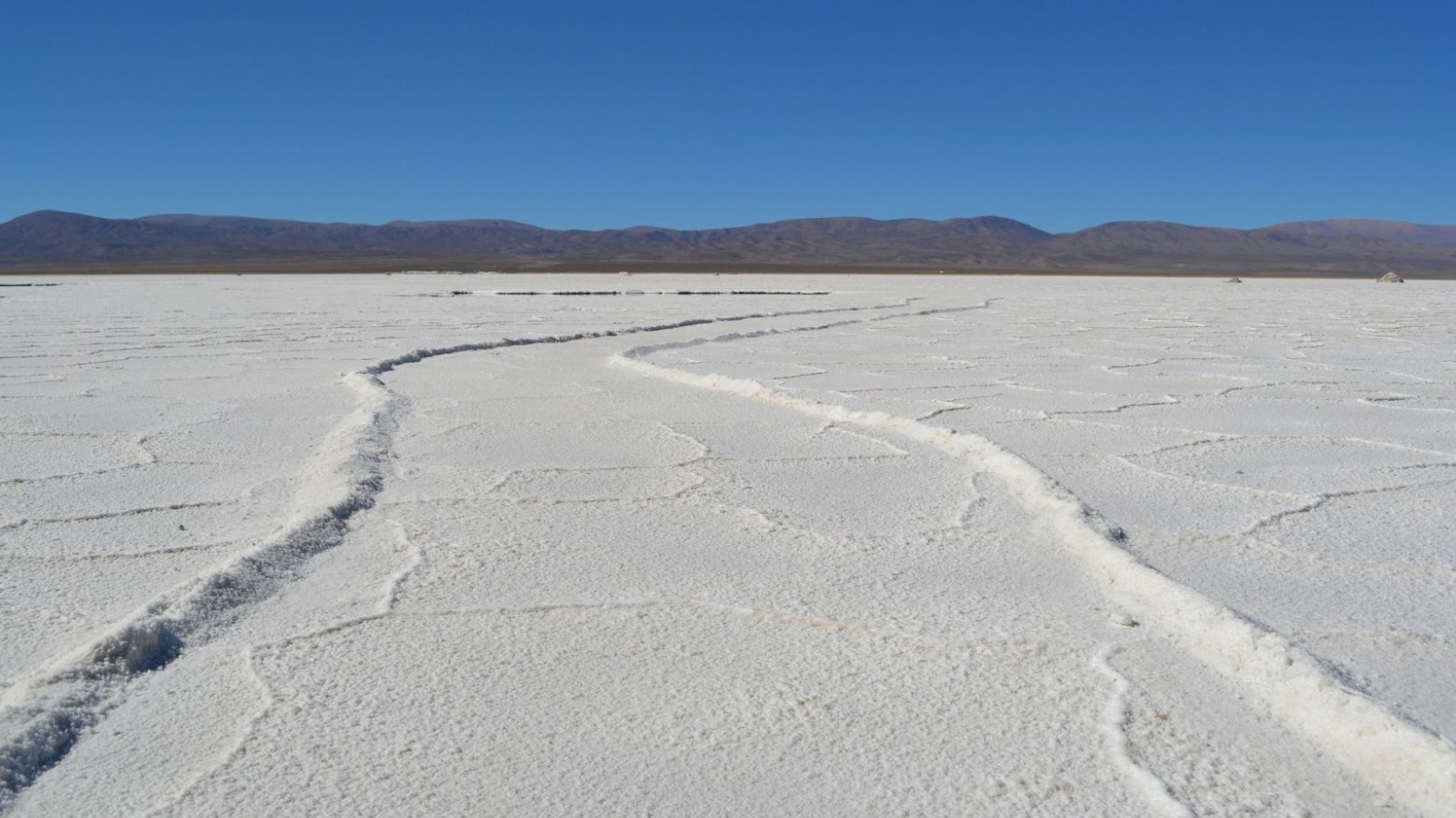
Source: Sofia Truppel/Unsplash
A Reuters correspondent documented these observations, noting increasingly dangerous climbing conditions. These firsthand accounts support the scientific data, illustrating the real-world impact of the glacier retreat.
Implications for Global Civilization
The retreat of glaciers in the Andes signifies more than just a regional issue.
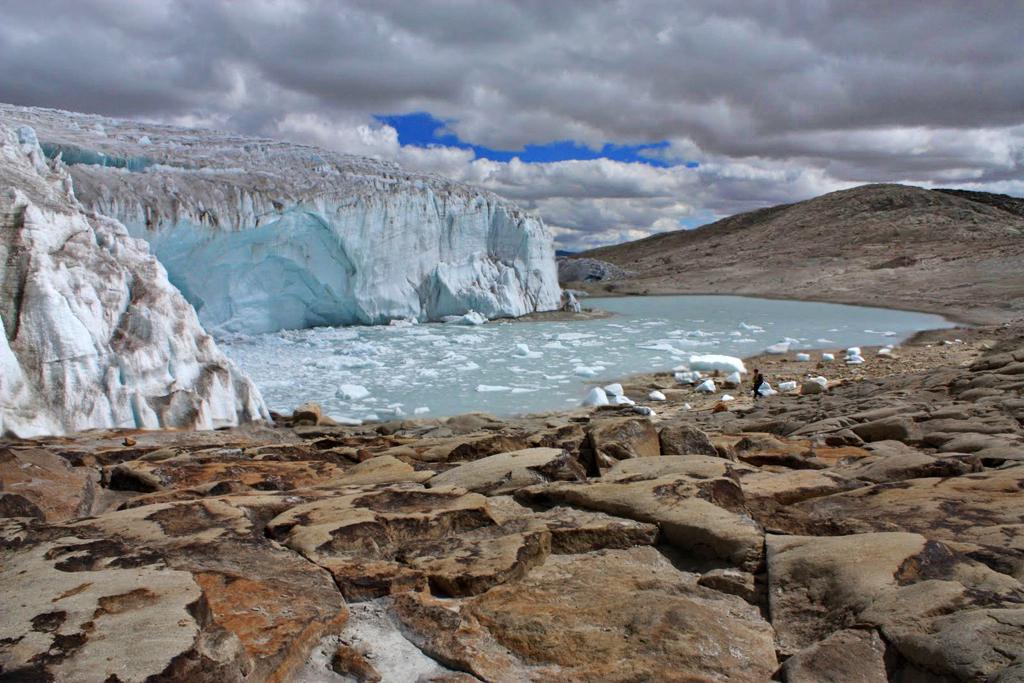
Source: Wikimedia
As Gorin pointed out, “I think that it’s a sign that we’re now departing the climatic conditions that we’ve been used to, that we’ve built our global civilization, as we know it, in.” This shift poses challenges for future climate stability.
A Call for Urgent Action
The study’s alarming results show the need for immediate action to combat climate change.

Source: Chris Boese/Unsplash
Researchers emphasize that the rapid retreat of glaciers is a clear indicator of accelerating global warming.
Future Research and Monitoring
Ongoing research is crucial to understanding the full extent of glacier retreat and its implications.

Source: Pressfoto, Freepik
The team plans to expand their study to include glaciers along the entire American Cordillera, from Alaska to Tierra del Fuego.
A Global Wake-Up Call
The unprecedented retreat of Andean glaciers is a stark reminder of the urgent need to address climate change.

Source: Scott Olson/Getty Images
As researchers continue to monitor these changes, it becomes increasingly clear that swift, decisive action is necessary to protect our planet’s future through some form of global environmental policy.
